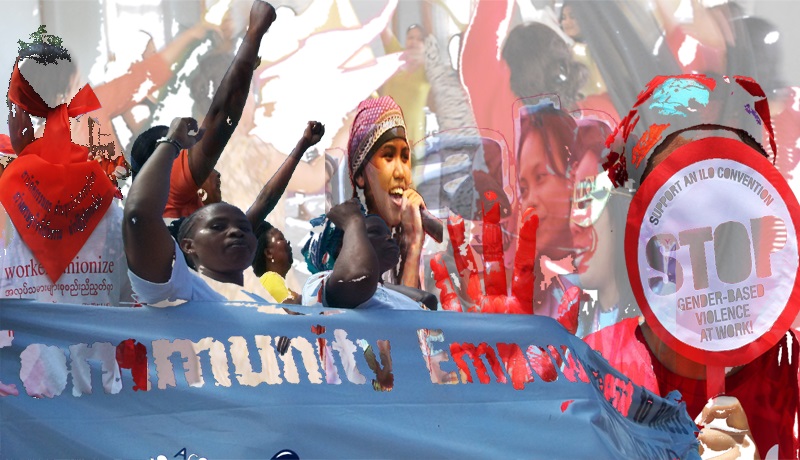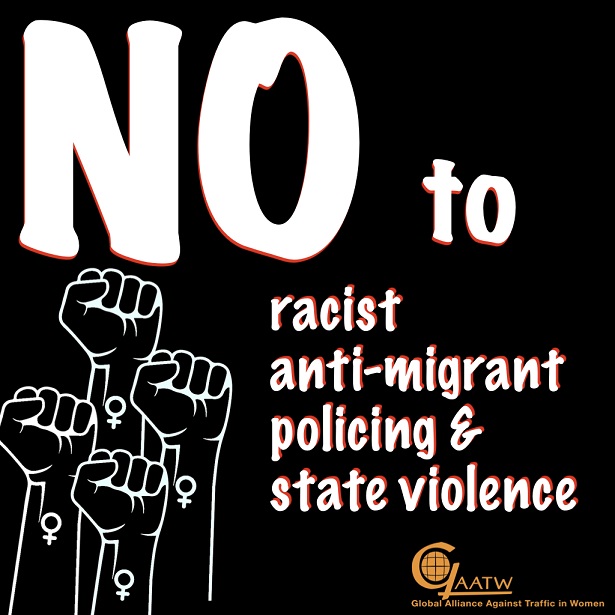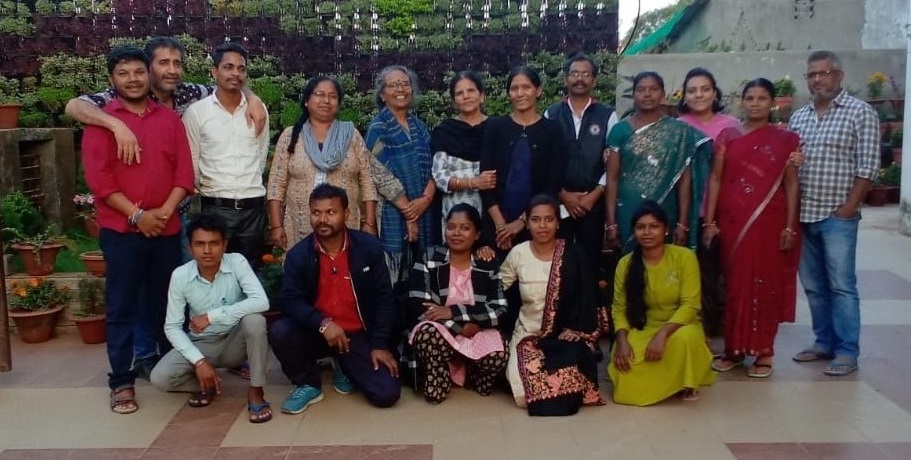Can Anti-Trafficking Measures Stop Trafficking?
By Bandana Pattanaik
 It was early 2000. My colleagues from GAATW International Secretariat and I were in a small village in Battambang province of Cambodia. With us were colleagues from Cambodia Women’s Development Agency (CWDA), one of our member organisations from the country. Our Feminist Participatory Action Research project focussing on Cambodia and Vietnam had reached its ‘Action’ phase and the community researchers were taking us to meet some of the trafficked women who participated in the research. One of the ‘Actions’ was providing ‘Assistance’ to trafficked women. Most of the women had chosen to start small businesses and a few had opted to return to school. The women we spoke to were enthusiastic and hopeful that their future life would be better than what they had experienced in the past. They talked about their fear and excitement about returning to school as older students. They discussed the challenges of running a little noodle shop or a small salon in their locality and how they must be careful about family using up all their profits.
It was early 2000. My colleagues from GAATW International Secretariat and I were in a small village in Battambang province of Cambodia. With us were colleagues from Cambodia Women’s Development Agency (CWDA), one of our member organisations from the country. Our Feminist Participatory Action Research project focussing on Cambodia and Vietnam had reached its ‘Action’ phase and the community researchers were taking us to meet some of the trafficked women who participated in the research. One of the ‘Actions’ was providing ‘Assistance’ to trafficked women. Most of the women had chosen to start small businesses and a few had opted to return to school. The women we spoke to were enthusiastic and hopeful that their future life would be better than what they had experienced in the past. They talked about their fear and excitement about returning to school as older students. They discussed the challenges of running a little noodle shop or a small salon in their locality and how they must be careful about family using up all their profits.
One young woman, let’s call her Kanya, was the most talkative person in the group. She was overjoyed about having been able to return to school. She was happy that she looked younger than her real age and did not attract much curiosity from her younger classmates. Kanya tried out her few sentences in English on me and was thrilled when she understood my reply. When the meeting finished, she insisted that we should visit her family. Her house was on our way back to Battambang so we agreed to drop by. As our car stopped near Kanya’s house and we went down along with her, a small crowd started to form in the lane. All eyes were on us. A group of people, mostly young girls and some boys, followed us as we walked towards her house. They were asking questions to Kanya and looking at us. The crowd stayed on for the entire half hour or more that we were at Kanya’s place talking to her parents. Her mother told us how keen Kanya had always been about her education, how it was lack of money that had forced her to discontinue her studies and how grateful they were about the support she was receiving from ‘the project.’ She also said that she was worried about Kanya not earning anything because she was back in school.
On the way back I asked our Khmer colleagues if the young girls who were crowding around Kanya’s house were going to school. ‘Most of them would not have had any schooling and others might have dropped out. Many must be working to contribute to the family income,’ I was told. Coming from India, this was not a new scenario for me. What was new was education support as victim assistance. I was new to anti-trafficking work, new to the NGO world and not familiar with these action steps. ‘What happens to those who are not trafficked? There must be many Kanyas among those children and they must be wondering how and why she got the support to study while they did not. How long can this project support her education? Is it not the state’s responsibility to ensure education for all children? Her mother is already worried about the loss of income because of her return to school. What if she is forced to pull her out of school? Are there other NGOs advocating for the right to education for all?’ I went on and on. My colleagues understood my concerns. In fact, they also had very similar worries. We were convinced that the assistance that may come to a trafficked person is by its very nature temporary. If it reaches the person at the right time, it will have some positive impact but victim assistance alone is not enough and it certainly cannot replace the state’s responsibilities towards its citizens.




